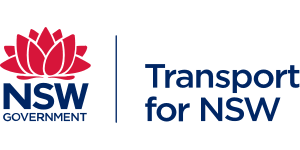Application 2
To study traffic dynamics at a network level, traffic flow should be evaluated from a fine resolution. Considering the ever changing traffic conditions in a city, Dynamic Traffic Assignment (DTA) models are useful to access the impact of policy measures on the travel behaviour and overall network performance at a regional level. A majority of established planning models in Australia (and around the world) are macroscopic in nature and provide aggregated performance measures for the entire network. However, these traditional models cannot represent important phenomena such as queue spillback or temporal congestion propagation due to their time-invariant framework. One solution to this issue that is receiving greater attention in both research and industry is DTA modelling.
Application 2 focused on developing and deploying a metropolitan area dynamic assignment model (MADAM) for the great metropolitan Sydney region. The workflow for the project involved obtaining the necessary input data, including network geometry, travel demand, signals and transit, converting the data into the form needed for the DTA platform, making model adjustments for computational efficiency, implementing and finally calibrating the model. This pioneer project helped to understand the role of dynamic traffic assignment models thanks to many lessons learned during deployment and calibration process, and thanks to extensive results analysis. This study makes a significant contribution toward developing a regional dynamic model for a metropolitan city in Australia. In the future, the MADAM model could aid in evaluating important policy decisions and infrastructural development in the context of the overall network operation. This project serves as a proof of concept and provides valuable insights to other practitioners interested in the areas of transport planning and traffic modelling.
 |
 |




